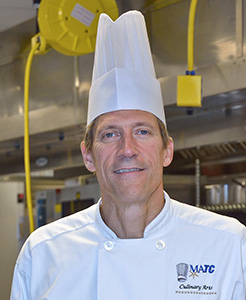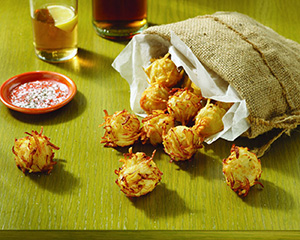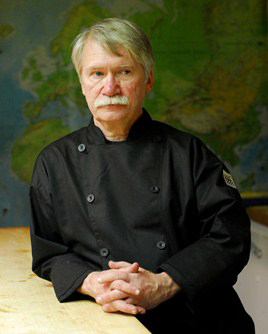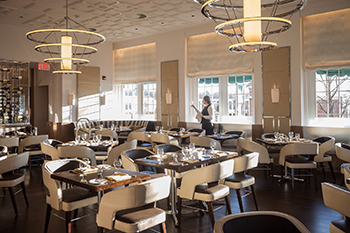Throw Out the Recipes, Part II
 This second in a two-part series on teaching culinary arts through ratios in practical culinary labs focuses on incorporating ratios into your lesson plan.
This second in a two-part series on teaching culinary arts through ratios in practical culinary labs focuses on incorporating ratios into your lesson plan.
By John Reiss, CEC, CCE
In my previous article, I wrote about using ratios in professional culinary training. Here, I focus on the ratios themselves and how to incorporate them into your lesson plan.
Ratios in Professional Cooking
As professional chefs and culinary educators, we use ratios that might be explicit or subtle. On one hand, for example, we know that a pilaf is 2:1, vinaigrette is 3:1 and a roux is 1:1.
On the other hand, there are ratios that we apply instinctively and without much thought. We “know,” for example, the amount of water needed to prepare a stock, or the amount of salt we should add to water when preparing pasta.
Knowing ratios like these streamlines the cooking process and creates speed and efficiency—both valuable commodities in the kitchen—where time is of the essence. It’s also liberating to have ratios like these at our fingertips, because they provide a zone in which we can channel our creativity in developing techniques and methods.

 As Tater Tots® hit the Big 60, the Idaho Potato Commission celebrates six decades of tot-inspired menu creativity.
As Tater Tots® hit the Big 60, the Idaho Potato Commission celebrates six decades of tot-inspired menu creativity. This second installment in a four-part series on assessment methods focuses on oral presentations and class participation.
This second installment in a four-part series on assessment methods focuses on oral presentations and class participation. Integration of industry and education better prepares students for success and makes a school essential in the eyes of all stakeholders. Good news is that opportunities for your program to partner with your local business community are endless.
Integration of industry and education better prepares students for success and makes a school essential in the eyes of all stakeholders. Good news is that opportunities for your program to partner with your local business community are endless. New research from the National Restaurant Association shows a substantial number of operators are implementing sustainability best practices into their businesses.
New research from the National Restaurant Association shows a substantial number of operators are implementing sustainability best practices into their businesses. Twenty restaurants across the United States were recipients of 2014 Achievement of Excellence Awards from the American Culinary Federation (ACF) this summer. Three of them are on The Culinary Institute of America’s Hyde Park, N.Y. campus: American Bounty Restaurant, The Bocuse Restaurant, and Ristorante Caterina de’ Medici. In addition, nine CIA graduates were honored at the organization’s awards event held during the ACF national conference in Kansas City, Mo., in July.
Twenty restaurants across the United States were recipients of 2014 Achievement of Excellence Awards from the American Culinary Federation (ACF) this summer. Three of them are on The Culinary Institute of America’s Hyde Park, N.Y. campus: American Bounty Restaurant, The Bocuse Restaurant, and Ristorante Caterina de’ Medici. In addition, nine CIA graduates were honored at the organization’s awards event held during the ACF national conference in Kansas City, Mo., in July.